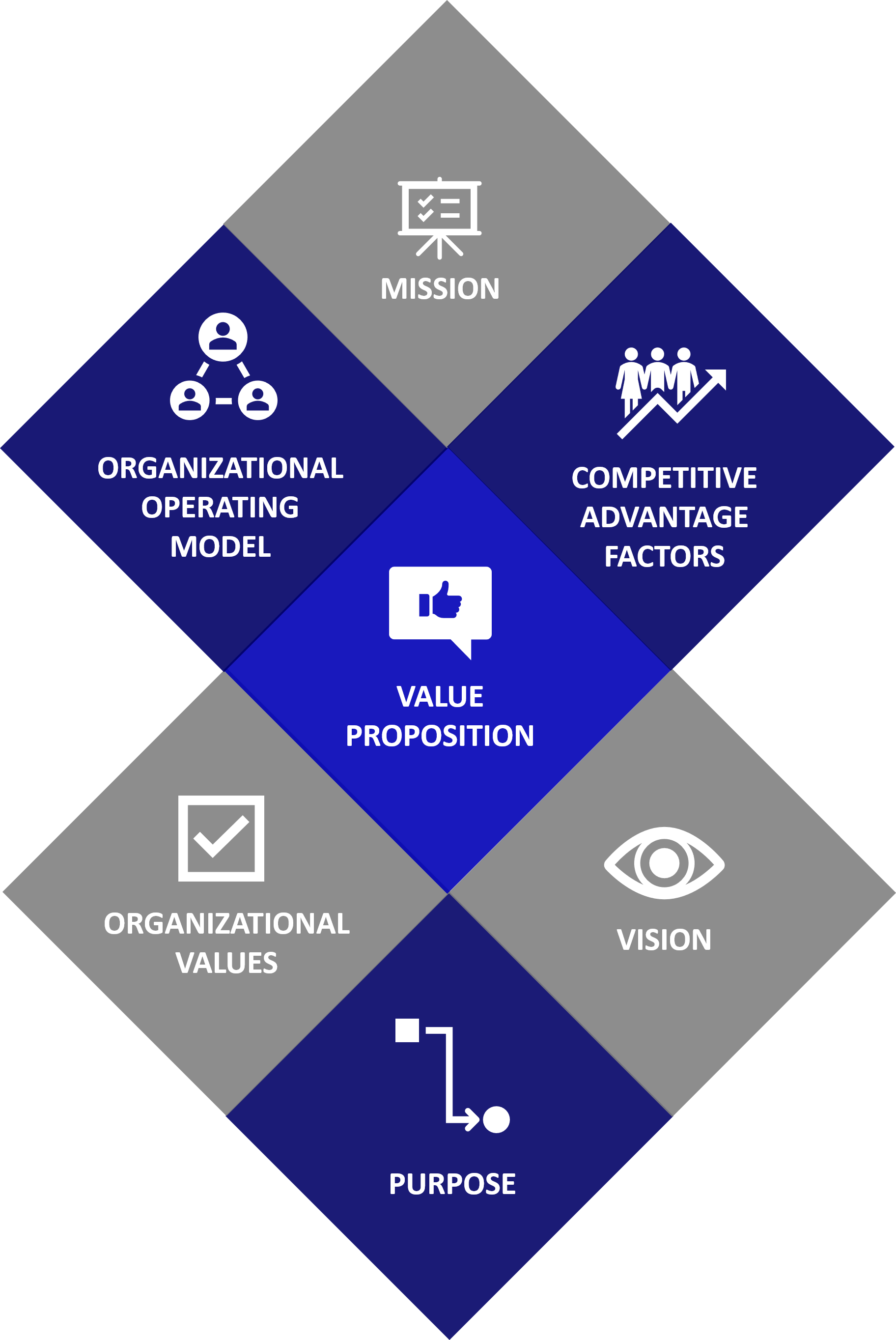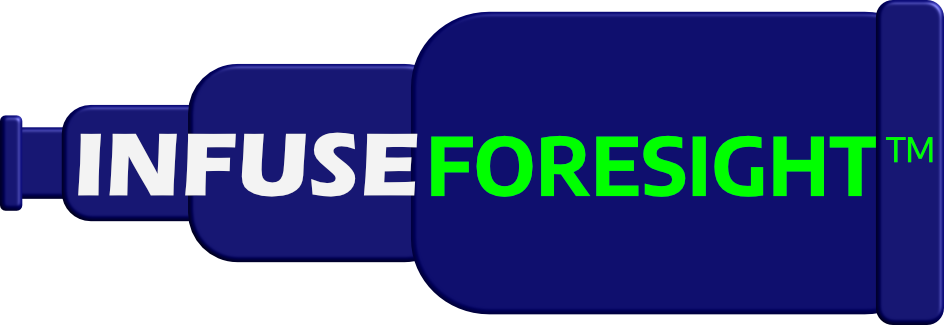Strategy Development Process



INFUSE Strategy Development services are grouped into three major process areas: Strategic Thinking, Strategic Planning, and Tactical Planning.
Tools and methods used during this phase may include: environmental scanning, trend forecasting, trend analysis, scenarios, weak signals analysis, guided visualization, brainstorming, forecasting, ideation, values assessment, impact assessment, causal layered analysis, expert opinion polls, systems thinking, systems modeling and wildcard analysis.
INFUSE embraces a philosophy that an organization’s strategy is built upon a Strategic Foundation.
These foundational anchor points should be clearly defined, communicated and embraced by the organization either prior to or as part of the strategy development process.
Strategy Foundation Anchors

Our Strategic Planning process is tailored to the unique needs of each organization and evolves as the organization, and the environment in which it operates, evolves. Execution of the strategy development process is appropriately structured in terms of its use of the organization’s resources and timeline. Clearly identified traceable linkages between long term strategic goals and near term tactical plans and objectives are an integral part of our process.
Strategic Thinking
Strategic Thinking processes define and consider the organization’s global “universe” of forces and factors influencing its current and future environment. This phase typically includes broad data collection activities and “out-of-the-box thinking” about the possible, plausible and preferred future(s) of the organization, market or industry. This phase is also where the organization’s vision, mission, strategic intent, the key factors driving its competitive advantage and long-range strategy are defined or clarified. The planning time horizon can range from a few years to multiple decades.
Tools and methods used during this phase may include: environmental scanning, trend analysis, scenarios, brainstorming, forecasting, ideation, values assessment, expert opinion polls, systems thinking, systems modeling and wildcard analysis.
Strategic Research combined with intuition, imagination, experience and non-linear thinking applied in collaborative, facilitated team based process with key stakeholders, is used extensively during this phase of the Strategy Development Process.
Strategic Planning
Strategic Planning incorporates the outcomes of the Strategic Thinking phase and combines it with critical thinking, impact assessment, financial analysis, and judgment to define the organization’s long-term strategy and objectives. The planning horizon can be two to ten years or longer depending upon the operating environment and requirements of the organization.
Qualitative and quantitative analysis of the organization’s ability to execute against the defined long-range strategy is conducted during this phase. Strategic Action Plans defining multi-year initiatives with milestones, accountability, resource requirements, key organizational or operational performance measures are defined.
Tools and methods used include: environmental scanning, trend analysis, impact assessment, SWOT analysis, Critical Business Issue Analysis, Root Cause Analysis, business process re-engineering, change management, various forms of financial analysis and traditional market research. Collaborative, cross-functional facilitated team sessions consisting of key stakeholders, subject matter or domain experts, and key management decision makers are used extensively to define intended outcomes, craft strategic initiatives and align priorities.
Tactical Planning
Tactical Planning takes a near term (usually one year) perspective and defines the specific, measurable objectives and actions plans in which the organization will invest resources to achieve its business objectives. During this phase detailed, quantitative analysis is often conducted. Outputs from this phase include a list of specific, measurable one year objectives, tracking measures, a preliminary analysis of critical issues the organization faces in the coming year, a list of prioritized business initiatives with major milestones, resources requirements and accountability.
Tools and methods include Critical Business Issue Analysis, SWOT analysis, business case planning, project planning, various forms of financial analysis and market research. Generally this phase is completed using a combination of planning and project teams.
